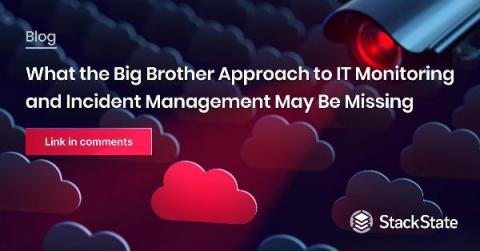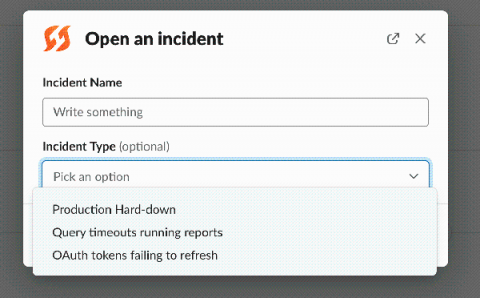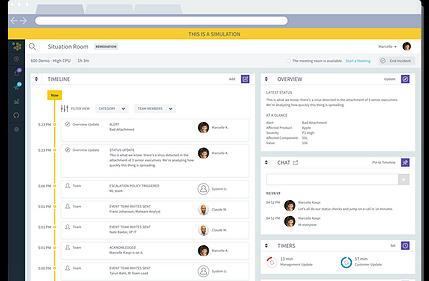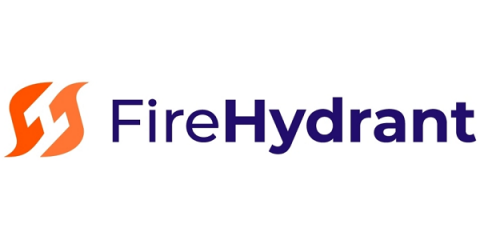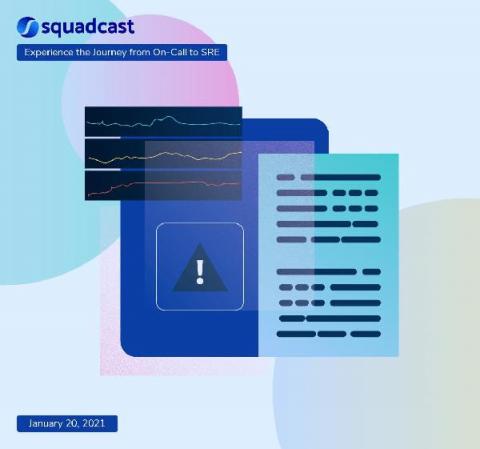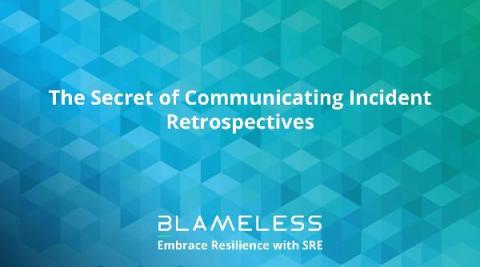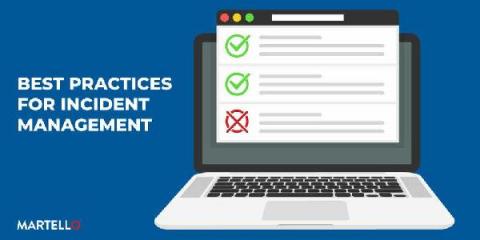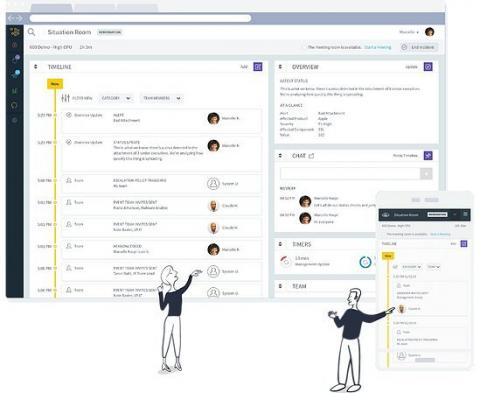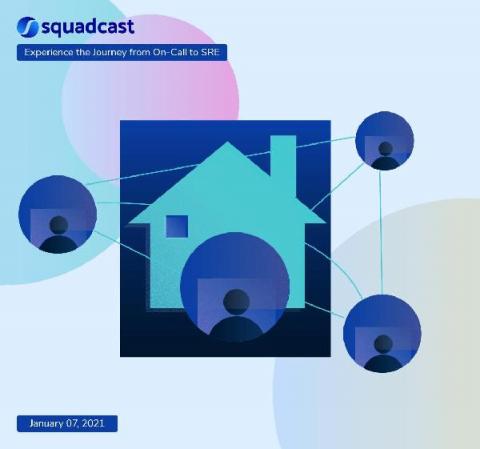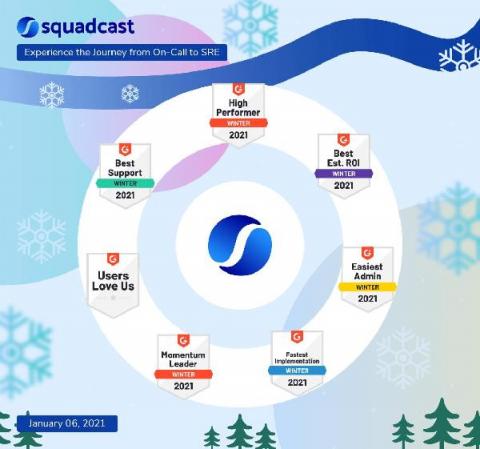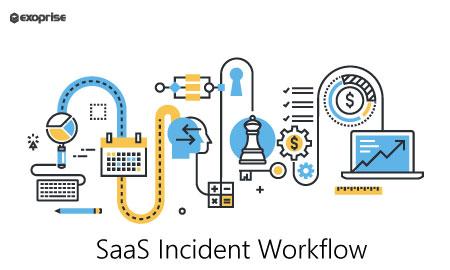Operations | Monitoring | ITSM | DevOps | Cloud
January 2021
What the Big Brother Approach to IT Monitoring and Incident Management May Be Missing
We asked in a recent poll which popular TV show your IT team resembles the most. Big Brother came out on top, with almost 40% of respondents saying that their incident resolution process most resembled this show. Would you compare your incident management process to an episode of Big Brother? If so, it's likely that your IT environment is highly monitored, but incidents still seem to slip through the cracks.
SLA vs SLI vs SLO: Know the differences between them.
SLA basically means a Service Level Agreement. It’s a formal agreement between you and your customer. It basically describes the reliability of your product/service so you can have a formal agreement which basically says our product will be online 99 percent of the time annually and if we fail to achieve that objective we will give 30% of your annual license fee back. SLA’s also include penalties in the contract.
SLA vs SLO vs SLI
PagerDuty + AWS Outposts Integration Workflow Demo
Does your MSP Have a Backup and Disaster Recovery Plan?
The U.S. COVID Vaccine Distribution Plan: Challenges and Solutions
As coronavirus (COVID-19) continues to spread and new virus strains emerge, the public is frantically looking for answers regarding the U.S. government’s vaccine distribution plan. A sound vaccine distribution plan is especially crucial in times like these. All U.S. states, stretching from both coasts, are experiencing a vast number of COVID-related deaths and hospitalizations. The dire situation underscores the importance of having an effective, accelerated vaccine delivery process.
New Feature: Incident types
Incidents are inevitable, and the reality is some of them are inevitably going to repeat themselves. FireHydrant has always strived to make the entire incident response lifecycle smooth, but up until today, common incident types were slightly burdensome for our customers. We decided it was time to help people make it easy to declare incidents using easy-to-use templates, which we’re deeming Incident types.
Who Else Wants to Increase Development Velocity?
PagerDuty AWS Control Tower Integration Workflow Demo
OnPage Corporation Continues To Grow Despite the 2020 Pandemic
WALTHAM, Mass., Jan. 25, 2021 — OnPage Corporation, a Boston-based incident management and pager replacement company, today unveiled its fiscal 2020 year in review. OnPage delivered another year of strong results considering the uncertain situation brought upon the world with COVID-19. Past year results were driven by current customers that rely on OnPage for critical notifications and had to enlarge their deployment.
Have a Cloud Transition you can be Proud Of
How to build your own incident management process
IT incident management is a fundamental operational process designed to ensure rapid service restoration. This process is typically assigned to the help desk but is also very much entrenched in the day-to-day of DevOps. When incident management goes right, service is restored quickly and the impact on productivity, continuity, and customer satisfaction is minimal.
7 Tips On Building And Maintaining An SRE Team In Your Company
4 Essential Types of MSP Tools (in 2021)
2021 is the Year of Reliability
There’s no better time than now to dedicate effort to reliable software. If it wasn’t apparent before, this past year has made it more evident than ever: People expect their software tools to work every time, all the time. The shift in the way end-users think about software was as inevitable as our daily applications entered our lives, almost like water and electricity entered our homes.
The Key Differences between SLI, SLO, and SLA in SRE
Why AlertOps is the best PagerDuty alternative
The Secret of Communicating Incident Retrospectives
SREview Issue #9 January 2021
Working with Teams in SIGNL4
Top Reliability and Scaling Practices from Experts at Citrix, Greenlight Financial, and Incognia
OnPage Recognized in Gartner's Market Guide for Emergency Mass Notification Solutions
Gartner’s Market Guide for Emergency Mass Notification Solutions (EMNS) is a trusted report for security and risk management leaders. It provides insight into effective crisis communication procedures and identifies solutions that help perfect emergency management plans. The EMNS Market Guide has a large, loyal readership in several industries including, state and local government, healthcare, IT support and higher education.
Best Practices for Incident Management: A Checklist
If productivity is the engine that helps optimize how a business operates then being proactive is the oil and knowing how to effectively maintain productivity is regularly checking and replacing said oil. Whenever a service outage occurs it throws a wrench into the whole process and can put an entire organization in flux, mainly because the outage.
The True Cost of Building your Own Incident Management System (IMS)
Incident Communications With Alina Anderson
Incidents happen. They’re disruptive, they can be stressful, and if they aren’t managed well, they can cause chaos on your team. How your team manages incidents is only half the battle. How you let other stakeholders know what is going on is the other half. Alina Anderson from Smartsheet joined the Community team in our booth this year at PagerDuty Summit to talk about Incident Communications, and we’ve shared that conversation as an episode of our Page It to the Limit podcast.
What's in store for IT Ops in 2021? Top execs from leading enterprises share their predictions
2020 is (finally) over, and it’s safe to say that this very challenging year taught us once again that (as the old Danish proverb says) it’s difficult making predictions, especially about the future. Who would have imagined in January 2020 that we would find ourselves where we are today… And yet, as Tim Harford once wrote in the Financial Times, predictions are like Pringles: nobody thinks that there’s any great virtue in them but we find them hard to resist.
A look back at 2020
2020 was, needless to say, not the best. Looking on the brighter side, in December, FireHydrant turned 2, and in spite of it all, we grew quite a bit. We raised our $8M Series A in May, our team grew nearly 4x in size, added some amazing features such as making FireHydrant Runbooks even more powerful with conditions, and great integrations, which you can find here. But even better, we got to work with all of you!
The Top 10 Incident Management Solutions for 2021
Moving full speed ahead into 2021, a year that is slated to be marked by unpredictability, fast-paced change, and (still) a lot of disruption – no organization can afford to allow such disorder to impact productivity, operations, and the business overall.
5 Steps to Building a Robust Incident Response Plan for your MSP
The Top Incident Management Software, Tools & Systems For 2021
Incident management tools allow technology and security teams to resolve major incidents faster including urgent issues that may lead to businesses seeing application and site downtime affecting their users.
2-way integration with ConnectWise Manage
SIGNL4 now includes a new app for connecting to ConnectWise Manage (“Manage”). This makes 2-way integration with Manage a breeze, and responding to service desk tickets can now be done conveniently via mobile app in SIGNL4. This blog article has all the important details.
This Is the Most Underappreciated Skill for SREs
Ruby on Rails Cheat Sheet
We’ve been doing some Ruby on Rails development lately, in preparation for PagerTree 4, and we wanted to put together a Ruby on Rails Cheat sheet. This is a quick reference guide to common ruby on rails commands and usage.
Building and Scaling Your SRE Team
Building Site Reliability Engineering (SRE) teams is hard! There are so many articles and explanations of what SRE means, it’s easy to get lost. Going beyond understanding what the individual SRE role is into building and scaling a team of SREs is more of a challenge. It’s important to find the right information that will help you take your SRE team to the next level.
Seamless CMDB Provisioning Gives Responders the Data They Need to Respond Faster
We knew that the most loved feature in our ServiceNow 7.0 release would be the CMDB features. And in our ServiceNow 7.5 release (available now), we’ve expanded our CMDB capabilities even further—based on your feedback—around the importance of reducing the effort it takes to re-create the same services within PagerDuty.
2020 Year in Review: OnPage Continues to Grow Despite the Pandemic
2020 was an unpredictable year that presented several challenges, such as the outbreak of the coronavirus (COVID-19) pandemic. As part of the “new normal,” the world has adopted infection prevention procedures. The 2020 calendar year was defined by face coverings, constant sanitization and physical distancing. At its core, the year was an exhausting, surreal 12-month period for many.
Better incident management while working remotely: The Squadcast way
Four key metrics for responding to IT incidents and failures
If you’re a veteran in this space, you probably understand the many incident response metrics and concepts, along with the many (at times exasperating) acronyms. For those new to the space, or even those with years of experience, the terminology is often overwhelming. If you’re one of those people who’s struggling to navigate through the world of DevOps metrics, we’ve created this article for you.
G2 Recognizes Squadcast as Momentum Leader in Incident Management
Leverage MSP Automation to Drive Profitability (in 2021)
Little Known Ways to Better Use Your Error Budgets
Incident Ready: How to Chaos Engineer Your Incident Response Process - FireHydrant
Boost IT Savings with CloudReady and Incident Workflow
Companies love data. Aggregating data from multiple sources makes decision-making easier and brings a new depth of the conversation to business meetings. But all of this is at the management level. IT managers and administrators also search for data from multiple sources to ensure that the ecosystem works. Companies demand the continued maintenance and availability of mission-critical applications. Without a framework or incident workflow, revenue can suffer, and customers churn if the company does not proactively address problems that arise in its infrastructure.
Modern Operations Best Practices from Engineering Leaders at New Relic and Tenable
Segment and SIGNL4: Know your Customer's Actions, Anywhere and Anytime
You have a web site, app, online shop, or SaaS offering? Then you have plenty of user actions. That can be visiting a certain page, signing up for a service or canceling a subscription. Wouldn’t it be great to know in real time when an important customer action takes place? This would allow you sales, customer service or technical teams to act immediately no matter where they are.



